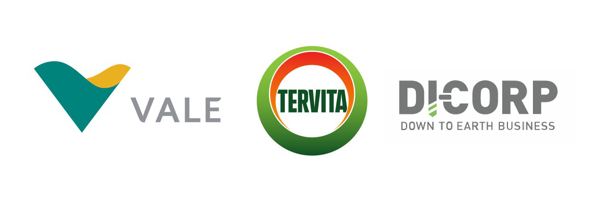탈수 대 고형화
사례 연구
Liquid waste is generated from all types of processes and operations, and although there are many different technologies and techniques to treat and manage liquid waste, the basic principles are similar, which is to either separate the solids from the liquid or to turn the liquid waste into a solid material by adding an amendment or drying.
“Liquid landfills” do not exist, which means that any liquid waste must be processed and treated. Traditional liquid waste dewatering methods typically involve filters, presses, and centrifuges to separate the solids from the liquid, where the liquid component is discharged or reused, while the solids component is trucked off for disposal.
An alternative treatment approach is solidification, where an amendment or reagent is added directly into the liquid waste which causes the liquid waste to turn into a solid material through the principles of absorption or adsorption.
Although dewatering and solidification are sometimes seen as competitive processes, they should instead be considered as complimentary, as their target waste streams have some significantly different characteristics.
Dewatering methods are typically costlier as they require expensive capital equipment which also have high operating costs; however, they work well on low solids waste streams, such as wastewater, to remove large amounts of free liquid and obtain a higher solids sludge. Solidification methods are typically easier to apply and do not require an expensive capital investment in processing equipment; however, they should really be applied to high solids waste streams, which may be a thick liquid or semi-solids. Solidification can also be used to “polish” off the solids separated from dewatering processes. It is very common for dewatering to produce a semi-solid sludge that will fail slump or paint filter regulatory solids test criteria and may require a small amount of an amendment to meet this requirement.
From the solidification point of view, it is beneficial to remove any free liquid from the waste stream before adding solidification reagents, as this will lower the reagent dosage and result in a drier, crumbly material. Simple dewatering methods, such as gravity settling, may be used to remove free water, and the remaining, higher solids content, sludge may be easily solidified.
From the dewatering point of view, it is often very easy to remove the initial portion of free water, but a significant amount of energy is required to remove “bound” water in the liquid waste stream. Therefore, utilizing solidification methods as a polishing step at the end may prove to be more beneficial and cost effective compared to using dewatering equipment to achieve a dry material.
In summary, liquid waste treatment is an innovative and growing industry. We have an opportunity to pull our resources together and use multiple technologies to achieve the common goal. Dewatering and solidification both excel in different aspects, and we should exploit these methodologies for synergies and utilize them where most appropriate.

소유자: Vale Canada Ltd.
계약자: Tervita Corp.
배포자: Di-Corp

Vale는 캐나다 온타리오주 북부에 광산을 소유하고 운영하고 있습니다. 채굴 및 정제 활동을 통해 슬러지 폐기물 부산물이 발생합니다. 고객은 이 슬러지를 외부 매립지로 옮기기 위해 효율적인 굴착 및 운송 솔루션이 필요했습니다.
2018년 9월 말 - 2018년 10월 중순
입찰 과정에서 MetaFLO는 슬러지의 굴착 및 운송에 필요한 고형물 기준을 달성하기 위한 최적의 혼합 및 투입 비율을 제공하기 위해 참여했습니다. 메타플로에서는 분석 데이터를 사용하여 중량당 1.1%의 투입 비율을 추정했습니다(높은 수분 함량 기준). 버킷 혼합 과정에서 표면 접촉과 효율을 높이기 위해 대형 혼합 통을 사용하는 것이 좋습니다. 현재 샘플을 사용할 수 없습니다.
테르비타 코퍼레이션은 메타플로 시약을 사용하여 약 4,000㎥의 슬러지를 응고시켰습니다. 현장에 35m3 용량의 쓰레기통 2개를 설치하여 "무거운" 슬러지와 "가벼운" 슬러지를 혼합하여 적재했습니다. 실제 처리 시 슬러지 1㎥당 평균 약 30파운드의 MetaFLO MF006 시약이 사용되었기 때문에 원래 예상했던 투여량은 정확했습니다. 모든 물질은 Vale의 오프사이트 매립지로 안전하게 운송되었습니다. 작업은 제시간에 완료되었습니다.